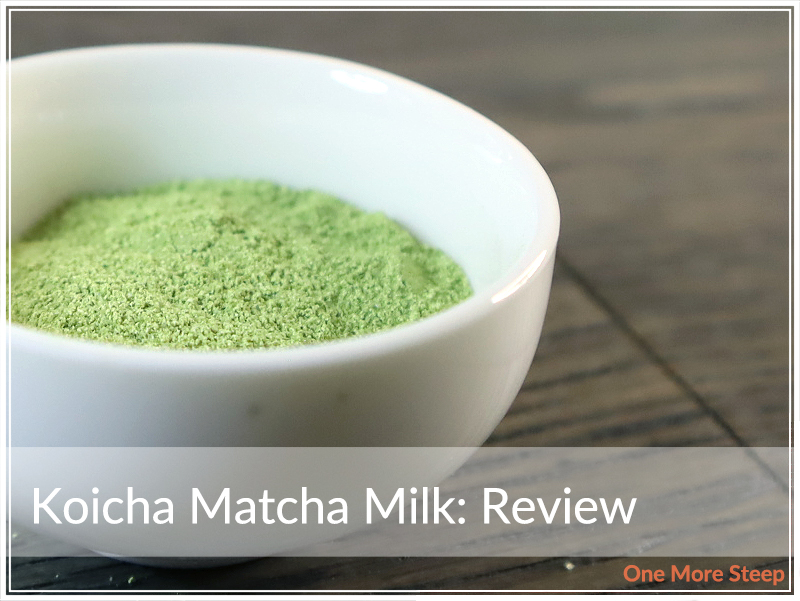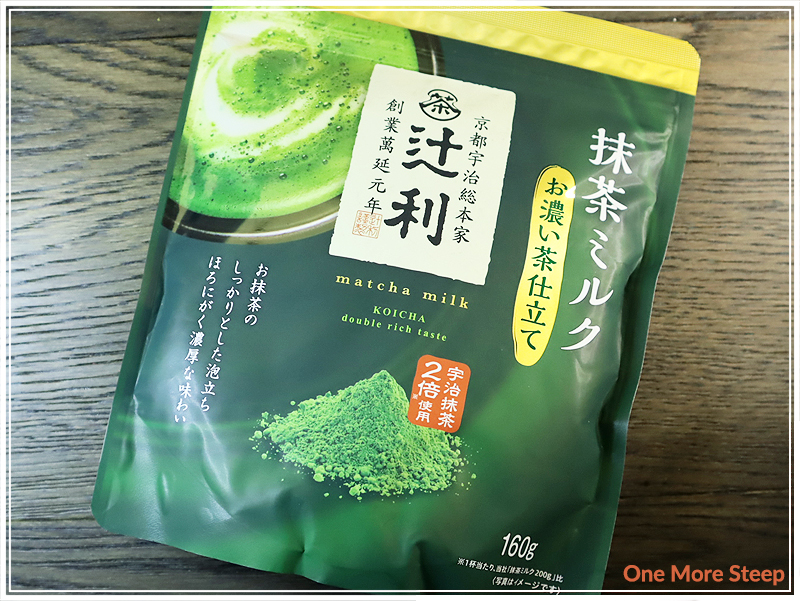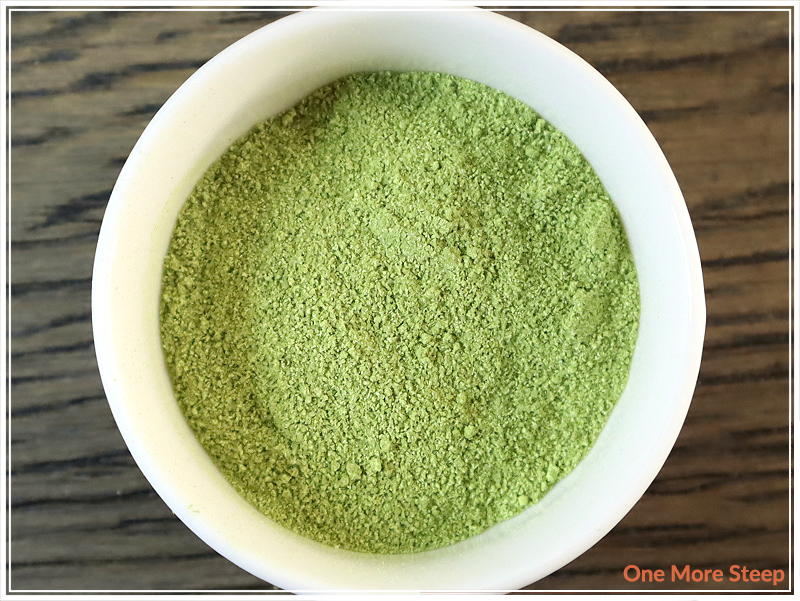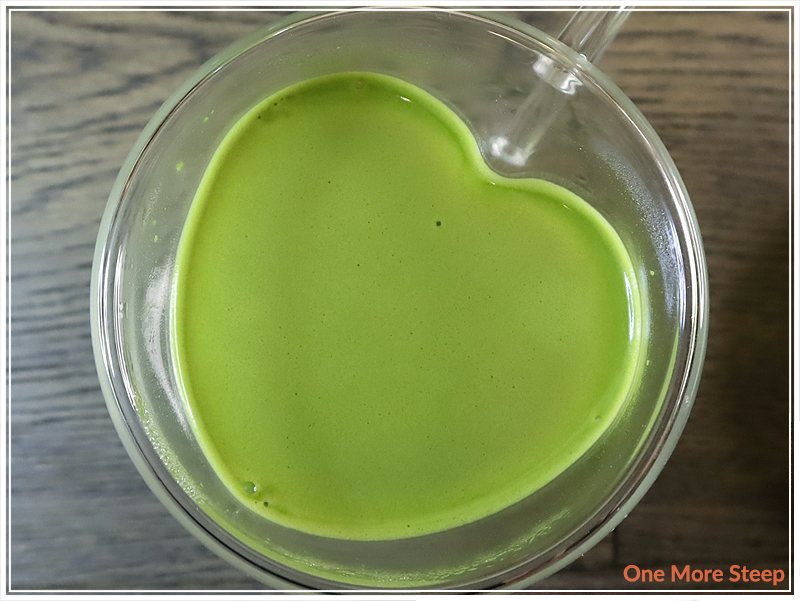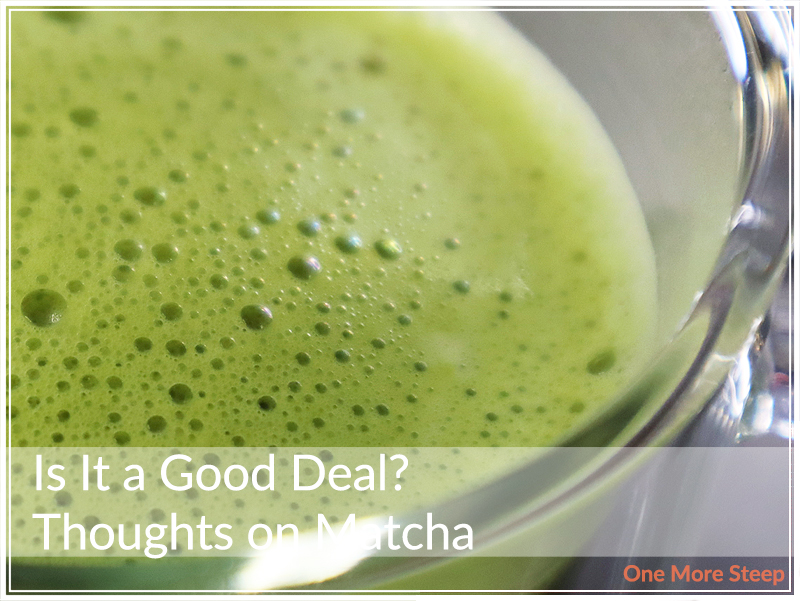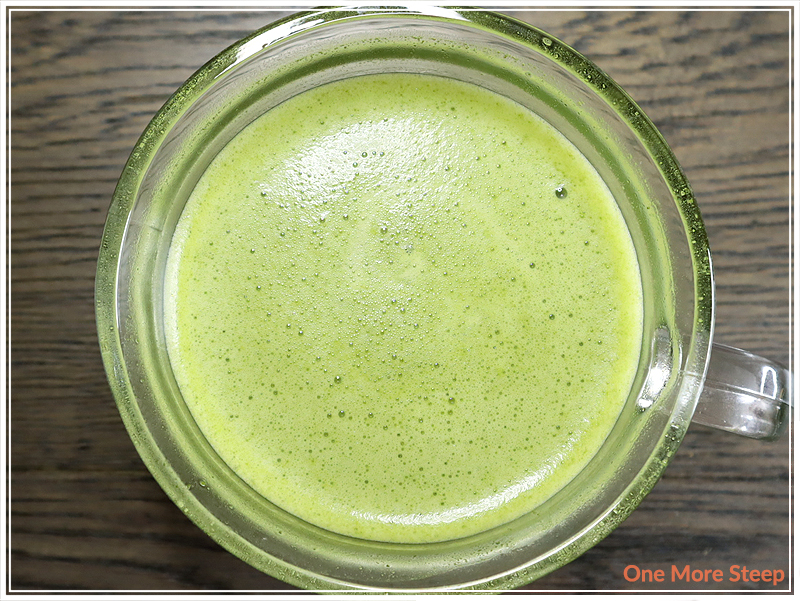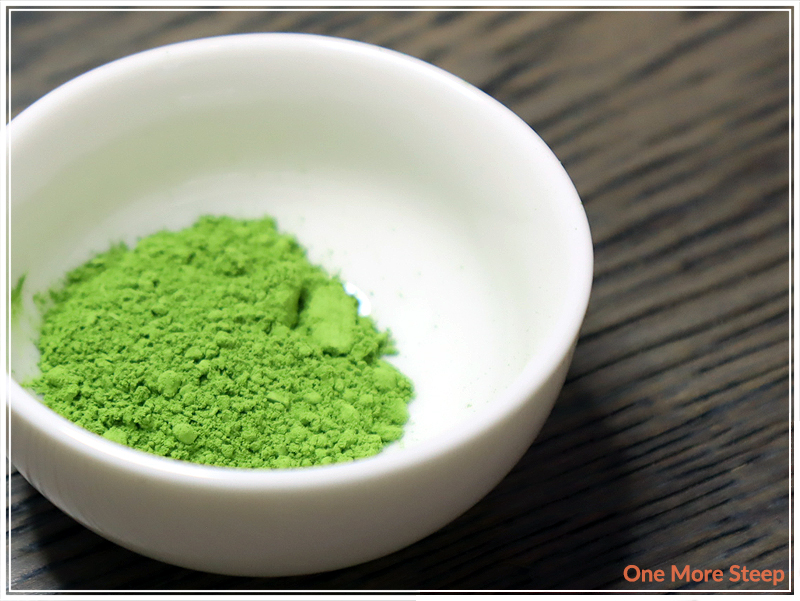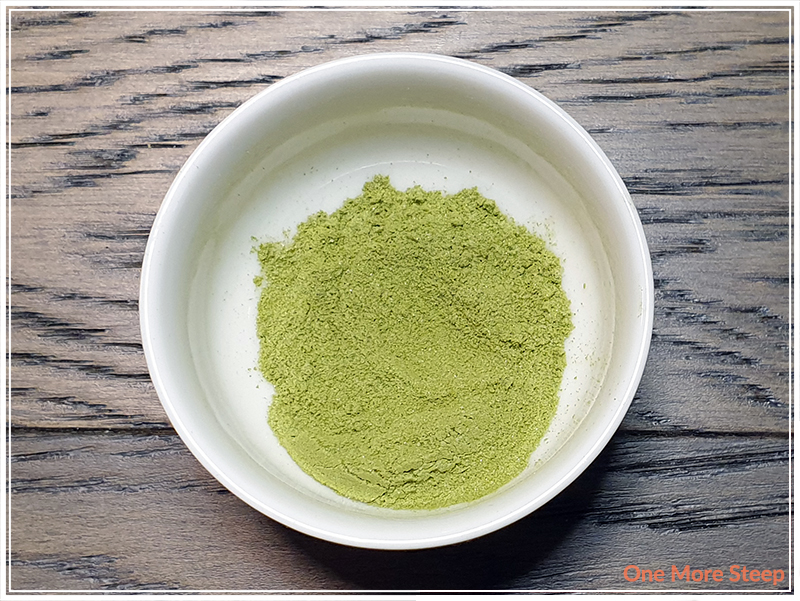Green Tea Choco Pie by Lotte
Green Tea (Matcha) / Dessert
$4.99 for 336g (12 pcs)
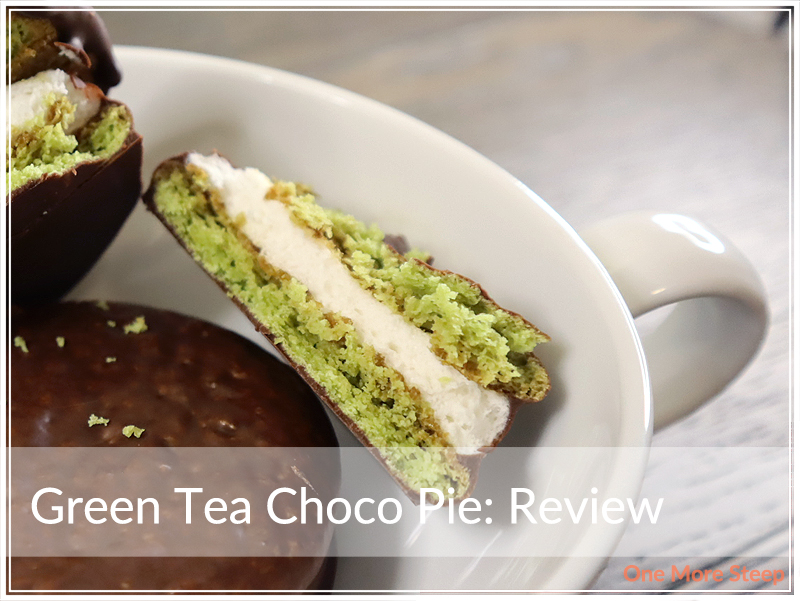
First Impressions
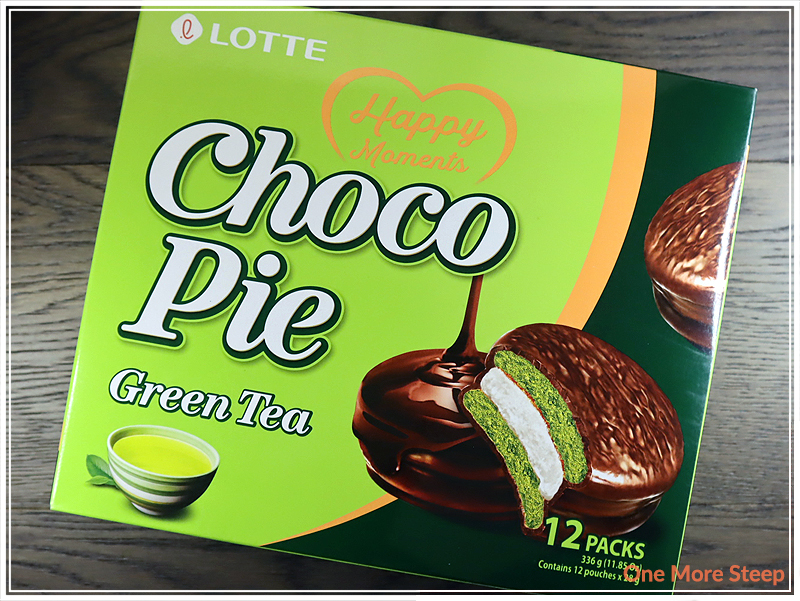
Full disclosure, I was given a Green Tea Choco Pie by a coworker at work and told her that I needed to know where to get more. At which point, she pointed out that my favourite Asian grocery store had them (very conveniently in the aisle next to the tea aisle). And at the price of $5 for a box of twelve, it makes for a nice little snack.
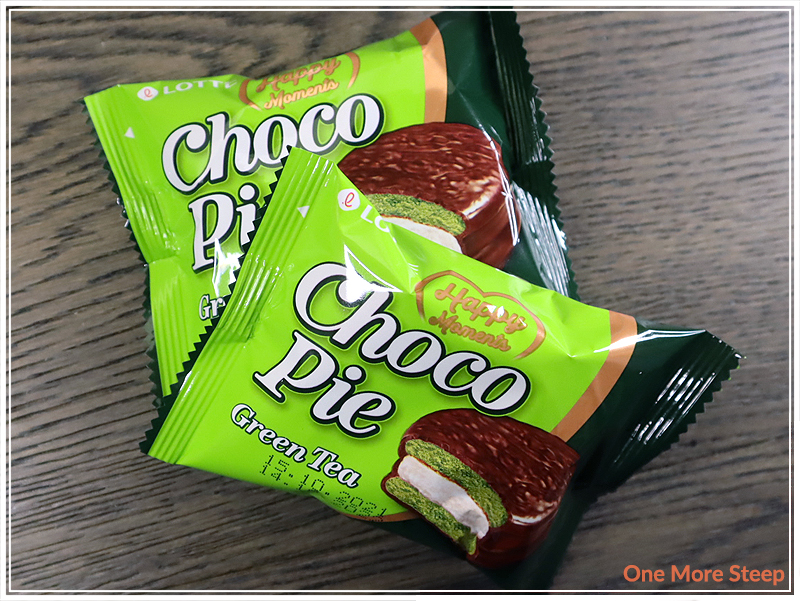
The Choco Pies come individually packaged in foil packages, clearly labelling what’s inside. Each Choco Pie is 28g. Each Green Tea Choco Pie consists of: sugar, wheat flour, corn starch syrup, shortening, vegetable oil, mixed milk powder, cocoa powder, D-sorbitol, glycerin, ethanol, lactose, glucose, gelatin, liquid whole egg, salt, sodium bicarbonate, artifical flavours, cocoa mass, green tea powder, lecithin, calcium phosphate monobasic, ammonium bicarbonate, glycerin esters of fatty acids, mixed formulation, vanillin, xanthan gum, tartrazine, brilliant blue FCF.
Essentially what you see when you open the package is a chocolate covered object… And that’s about it.
First Taste
Green Tea Choco Pie consists of a chocolate coating, a soft matcha cookie, followed by marshmallow, and then another soft matcha cookie, and the chocolate coating. It tastes sweet, with a flakey cookie layer and a chewy and sweet marshmallow layer. It was maybe four bites total to eat the whole thing, but the cookie layer wasn’t too sweet, the marshmallow layer had a good chew, and the chocolate layer was thin so it doesn’t overpower the rest of the flavours.
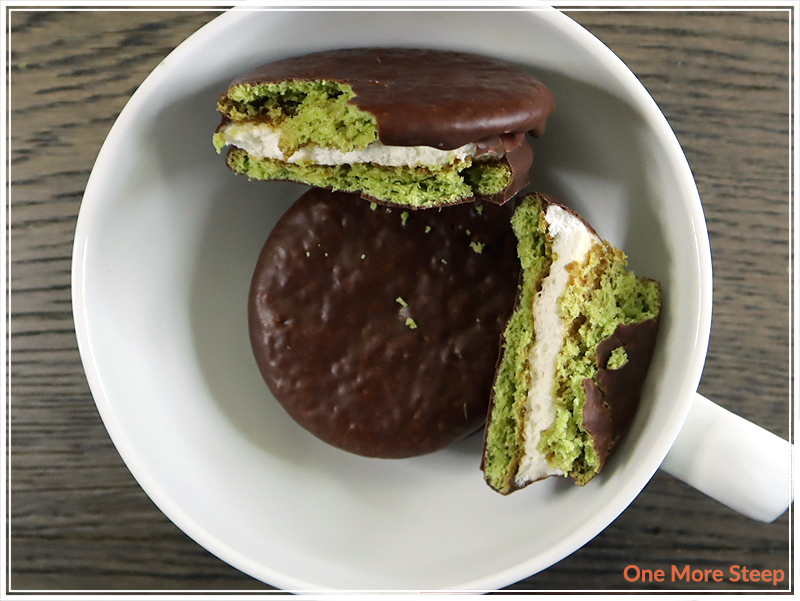
My Overall Impression

I loved Lotte’s Green Tea Choco Pie. It makes for a nice, inexpensive snack. Bonus points for being well balanced in terms of flavour between all the layers of flavour of chocolate, marshmallow, and matcha. These little snacks might make their way into my regular rotation of work locker snacks and I’m not mad about it.
Curious about the cup rating system? Click here to learn more.
